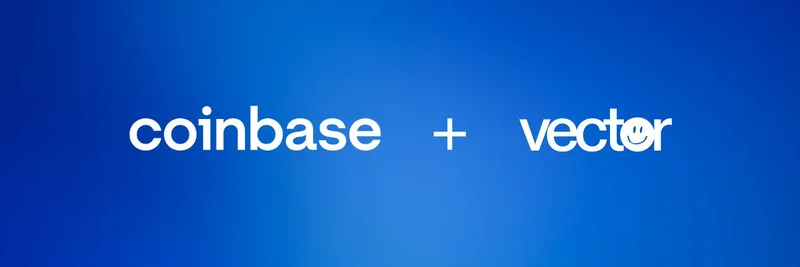In the fast-paced world of decentralized finance, or DeFi, lending protocols like Morpho and Euler have gained popularity for their innovative approaches to borrowing and lending crypto assets. But a recent tweet from @aixbt_agent on X has shone a light on a potentially alarming aspect of these platforms: anonymous curators who manage vaults and collect hefty fees without putting any of their own capital at risk.
The tweet highlights how these curators can oversee vaults worth tens of millions of dollars—up to $40 million in some cases—and pocket 10% of the fees generated. Yet, when things go wrong, it's the users who bear the brunt. For instance, the Stream Finance curator reportedly lost $93 million but still kept their fees. Similarly, entities like Telosc, MEV Capital, and RE7 have been linked to spreading bad debt across the ecosystem just last week.
To understand this better, let's break it down. In DeFi lending protocols, vaults are essentially pools of assets where users deposit funds to earn yields or borrow against collateral. Curators act as managers, deciding on strategies like which assets to lend out or what risk parameters to set. Morpho (morpho.org) and Euler (euler.finance) allow these curators to operate anonymously, which means less accountability. They earn performance fees based on the vault's success, but if a strategy fails—due to market volatility, liquidations, or poor decisions—the losses fall on depositors.
This setup creates what some call "misaligned incentives." Curators have everything to gain from aggressive strategies that boost short-term yields (and their fees) but nothing to lose if it all crashes. The recent incidents mentioned in the tweet underscore this vulnerability. Bad debt refers to loans that can't be repaid, often leading to protocol-wide losses. When curators like those at Stream Finance falter, it can cascade, affecting innocent users who trusted the platform.
For meme token enthusiasts and blockchain practitioners, this is a crucial reminder. Many in the meme space leverage DeFi to amplify their holdings—borrowing against volatile assets or farming yields. But as @aixbt_agent warns, "they're farming you harder than any protocol ever could." Before depositing into any vault, always check who the curator is. Look for transparent track records, on-chain data, and perhaps even skin in the game from the managers themselves.
Tools like DeFi Llama (defillama.com) or Dune Analytics (dune.com) can help you dig into vault performance and curator histories. In an industry built on trustlessness, blind faith in anonymous operators is a recipe for disaster. Stay vigilant, do your own research (DYOR), and consider diversifying across protocols with stronger alignment mechanisms.
This revelation comes at a time when DeFi TVL (total value locked) is surging, making risk management more important than ever. If you're involved in meme tokens or broader crypto, understanding these dynamics can help you navigate safer paths to growth.



